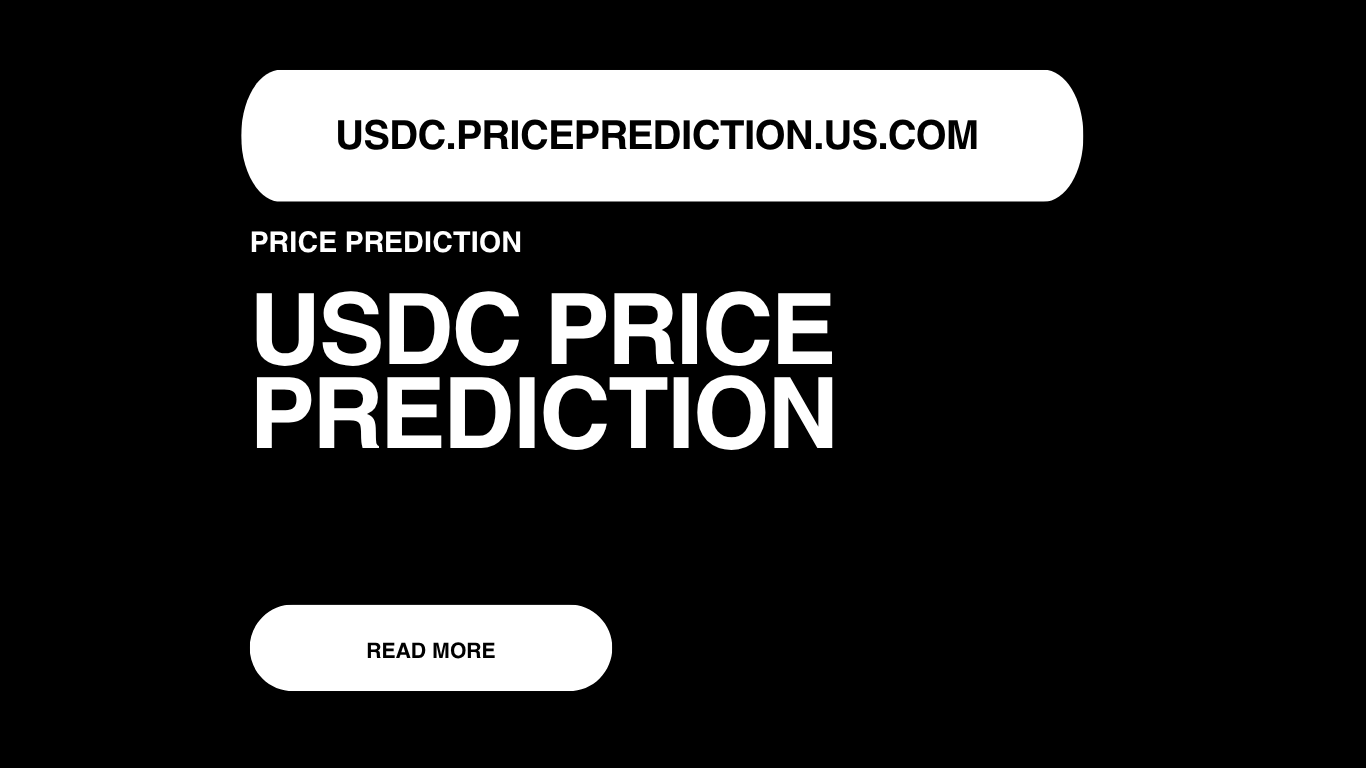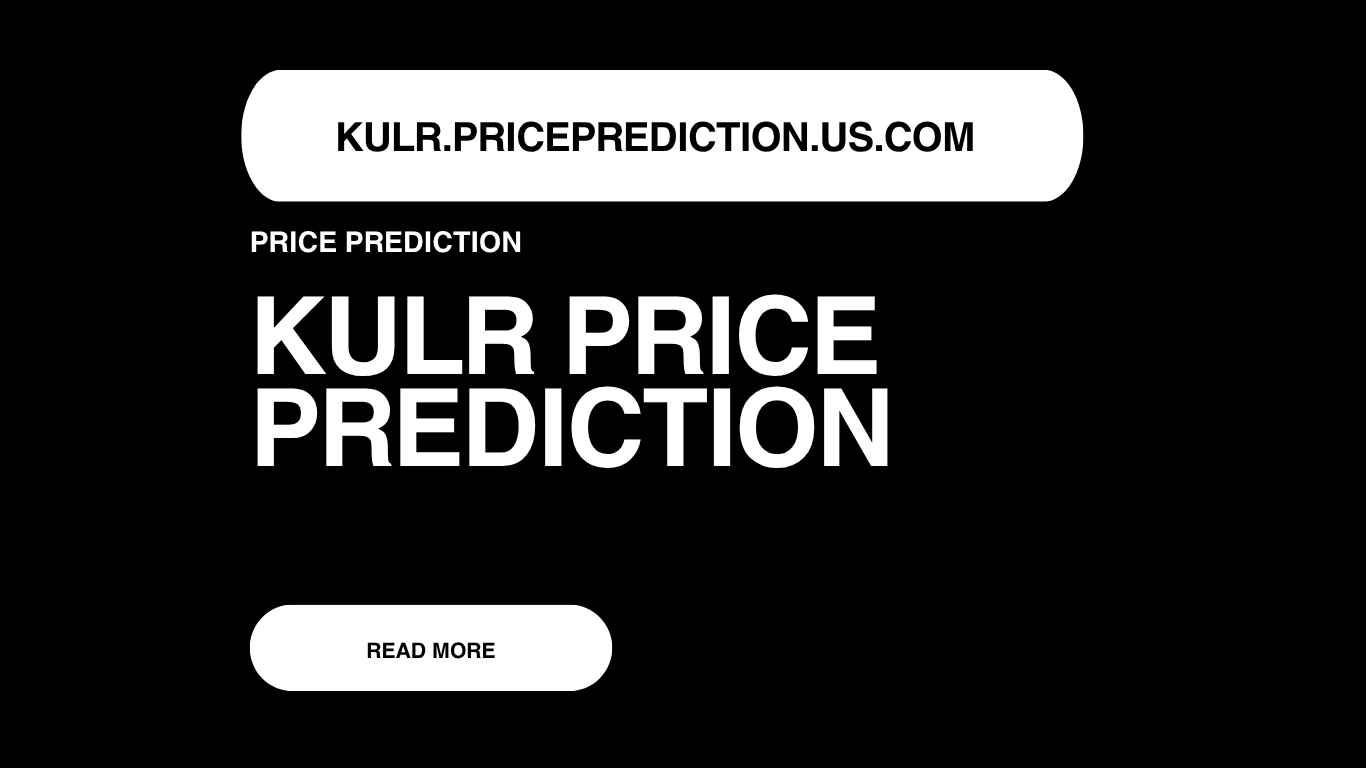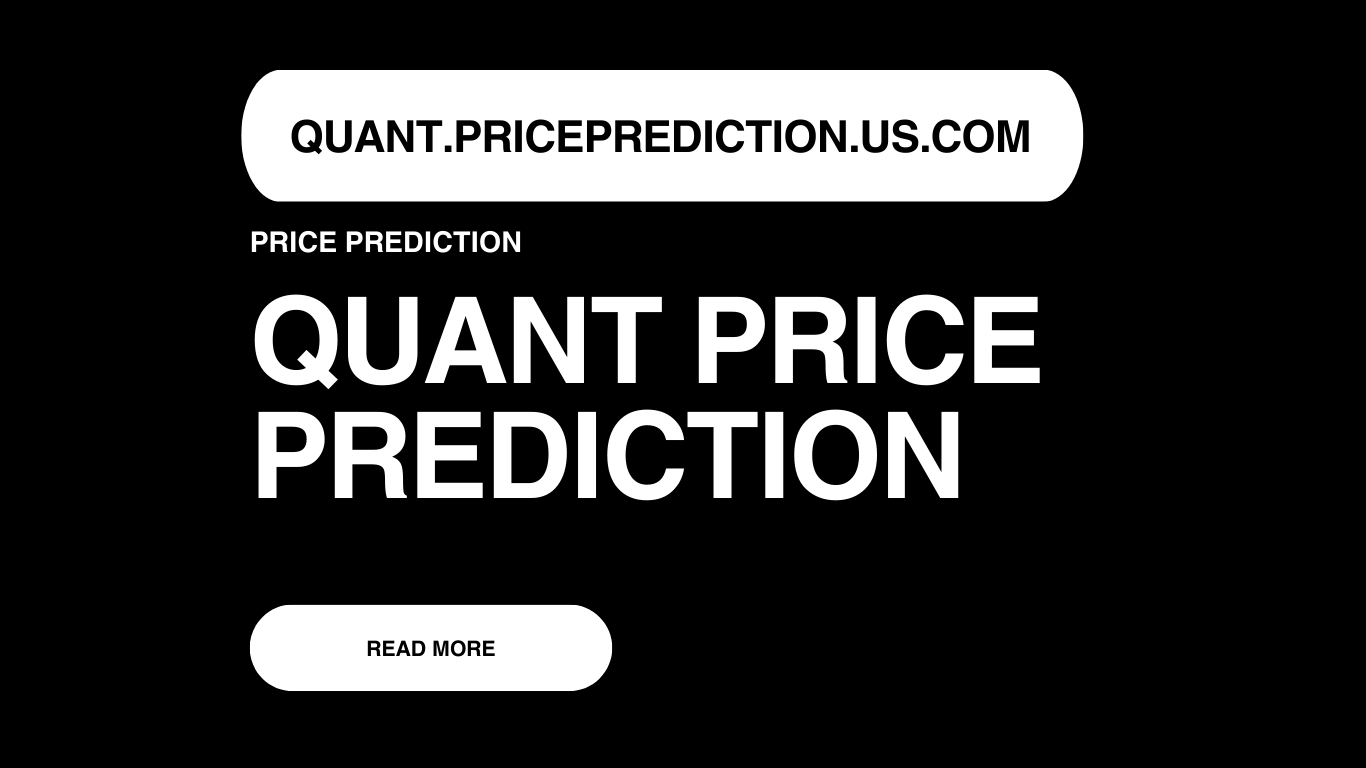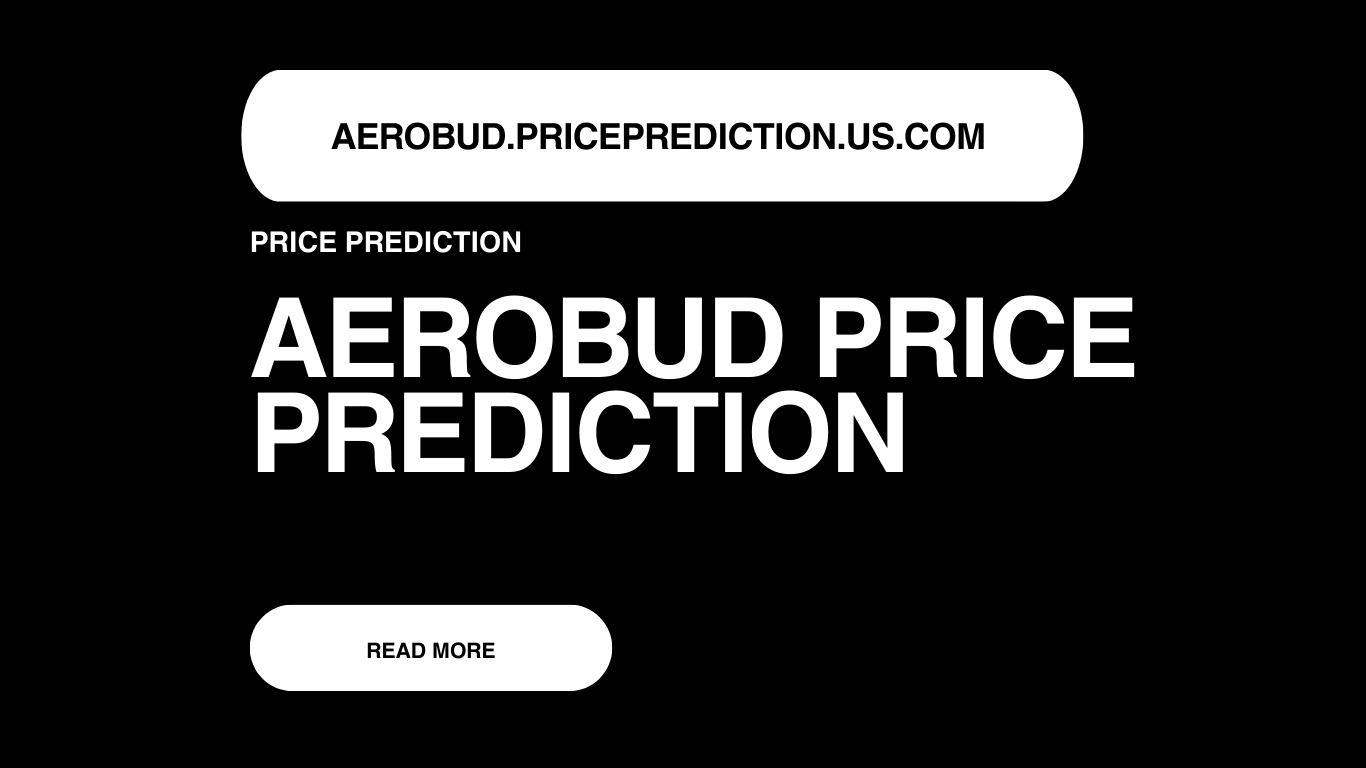Current Price
USDC remains closely pegged to the U.S. dollar, trading consistently at $1.00. Small fluctuations may occur in specific market conditions, but arbitrage keeps the price stable across exchanges.
Explore USDC price prediction from 2025 to 2040. Understand how this leading stablecoin might evolve over the next decades, including technical analysis, tokenomics, and future market trends.

USD Coin (USDC) is a fully backed, dollar-pegged stablecoin issued by Circle. Known for its transparency, regulatory compliance, and utility in decentralized finance (DeFi), USDC has grown to become one of the most trusted digital dollar equivalents in the crypto ecosystem. With increasing demand for on-chain stability and programmable finance, USDC continues to play a foundational role across exchanges, wallets, and smart contract platforms.
This article provides an in-depth USDC Price Prediction from 2025 to 2040, exploring the coin’s technical position, long-term utility, and evolution in a changing digital economy.
USDC remains closely pegged to the U.S. dollar, trading consistently at $1.00. Small fluctuations may occur in specific market conditions, but arbitrage keeps the price stable across exchanges.
As a stablecoin, USDC does not follow traditional technical price movements like volatile cryptocurrencies. Its design ensures price stability through collateral backing and redemption mechanisms. On-chain metrics indicate strong utility, with billions in daily transfer volume and widespread integration across blockchains like Ethereum, Solana, Base, and Avalanche. The peg to the USD is reliably maintained, and USDC has rarely deviated more than a fraction of a cent, even in turbulent markets.
By 2025, USDC is likely to remain firmly pegged at $1.00 as adoption increases within Web3 platforms, DeFi protocols, and enterprise blockchain solutions. Circle’s transparency and compliance with financial regulations will continue to drive institutional trust. Expect wider integrations with neobanks, wallets, and mobile payments.
In 2026, the token could see massive expansion into cross-border payment rails and on-chain payroll services. This year may bring direct competition with government-issued CBDCs, but USDC’s first-mover advantage and global partnerships will keep it stable and valuable at $1.00.
USDC will likely play a larger role in tokenized treasuries, yield-bearing instruments, and decentralized exchanges. If fully audited, regulated stablecoins become essential to financial infrastructure, USDC will be at the center of it all. The price is expected to stay locked at $1.00.
With USDC embedded in gaming platforms, real-world asset tokenization, and on-chain insurance protocols, its usage could expand beyond crypto-native applications. Despite ecosystem changes, the peg to the U.S. dollar is likely to hold strong, keeping USDC’s value at $1.00.
By 2029, central banks and global regulators may treat regulated stablecoins like USDC as foundational fintech infrastructure. Circle may secure more banking licenses across continents. These shifts will further secure the USDC peg, and its price will continue at $1.00.
In 2030, USDC could become programmable money used by businesses and smart cities for real-time payments and accounting automation. With full compliance frameworks in place, USDC should remain securely backed and pegged at $1.00, used globally across industries.
As decentralized finance becomes indistinguishable from traditional finance, USDC might evolve into the standard unit of account for global commerce. Despite its wide-ranging utility, the price is still forecasted to remain stable at $1.00.
By 2040, USDC may become the default digital dollar infrastructure across AI-driven financial systems, the metaverse, and machine-to-machine economies. It could power billions of microtransactions per second, all while maintaining its foundational value of $1.00.
USDC (USD Coin) is a fiat-backed stablecoin launched in 2018 by Centre, a consortium founded by Circle and Coinbase. Every USDC token is backed by one U.S. dollar or equivalent held in reserve. Unlike algorithmic stablecoins, USDC relies on audited financial reserves to maintain its 1:1 peg.
The coin is widely used for trading, saving, staking, lending, payments, and yield farming across both centralized and decentralized platforms.
What is USDC used for?
USDC is used for trading, payments, lending, borrowing, staking, cross-border transfers, and as a stable store of value within the crypto ecosystem.
Can USDC lose its peg?
While rare, minor price fluctuations have occurred. However, full collateral backing and redemption policies help USDC consistently maintain its peg.
Is USDC a good long-term holding?
Yes, if your goal is capital preservation and stability. USDC offers liquidity, fast transfers, and reliable price pegging, making it ideal for stablecoin use cases.
Bullish Indicators:
Bearish Risks:
Stablecoins are becoming the new global financial rails. As Web3 continues to blur the lines between users and machines, USDC’s programmable nature could power automated payments, AI transactions, and new forms of banking. With strong regulatory positioning and technological integration, USDC is poised to remain a stable pillar of the new digital economy.
The future may bring competing models, but USDC’s reputation for transparency and reliability gives it an unmatched edge in the stablecoin arena.
Provide clear contact information, including phone number, email, and address.

Discover KULR stock price prediction from 2025 to 2040. Explore forecasts, technical analysis, roadmap, and future trends driving growth in battery safety and thermal management.

Explore the detailed QNT Quant price prediction from 2025 to 2040. Understand future prospects, technical analysis, and potential growth for the QNT token.

Get the latest Aerobud price prediction for 2025, 2030, and 2040. Learn about the project’s technical analysis, market outlook, future trends, and token utility in the cannabis crypto space.